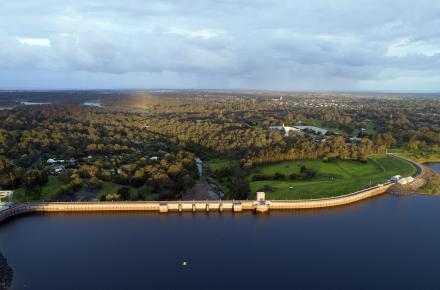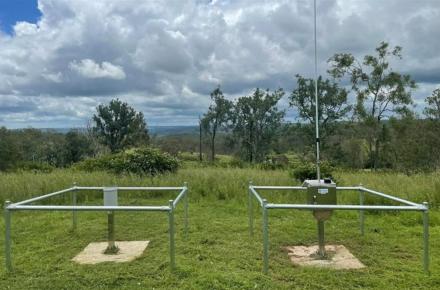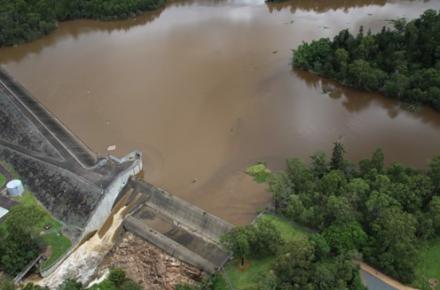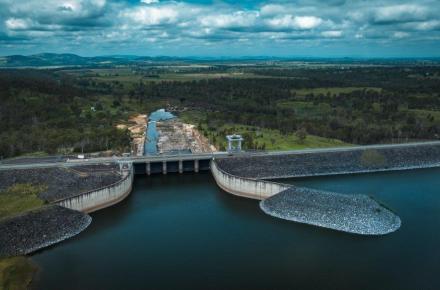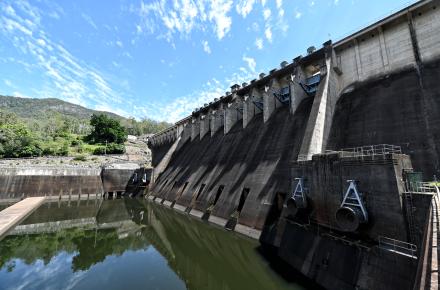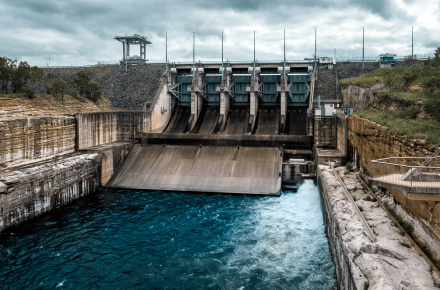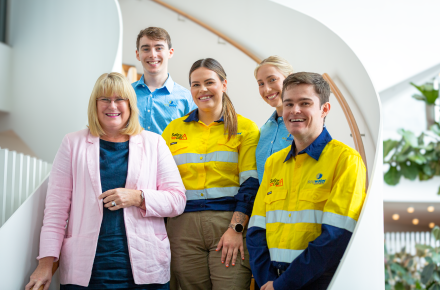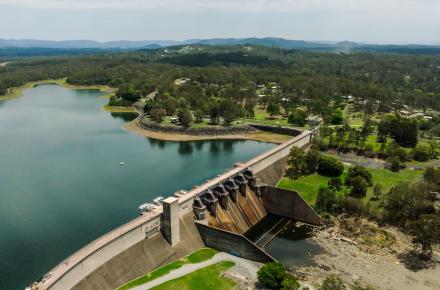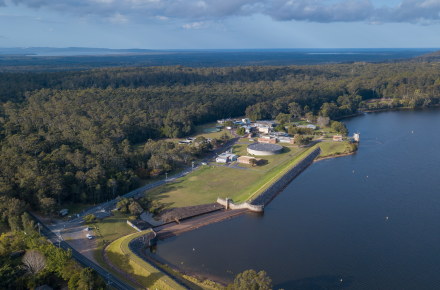As part of Seqwater’s North Pine Vegetation Management and Fencing Project, nest boxes and artificial tree hollows have been installed to help wildlife flourish while keeping them away from water treatment operations.
Seqwater Senior Project Manager Matt Malos said the project was part of Seqwater’s commitment to minimising the impacts of water infrastructure on flora and fauna.
“We’ve been removing weeds and planting native tree species within a 15-hectare parcel of land near the North Pine Treatment Plant for the past six months,” Mr Malos said.
“A fence was installed to keep koalas and other wildlife away from those operational sites.
“We’ve also been working with contractors from specialised artisan habitat tree company Habi-tec, to improve wildlife habitat quality.”
Habi-Tec Managing Director Steve Collom said six hollow nest boxes and eight large ground hollow habitats had been created onsite using reclaimed timber as well as six artificial tree hollows that had been carved from dead tree limbs.
Mr Collom said the approach not only prevented the loss of dead trees, which were critical for providing tree hollows, but fast-tracked the creation of hollows that might otherwise take 100 to 200 years to form naturally.
“These habitats were purpose-built to cater to the different types of wildlife that had been identified in the area, such as rosellas, possums and gliders,” Mr Collom said.
“We are already seeing some of the local wildlife and birdlife readily take up residence in these man-made habitats. “
In addition, Mr Collom said reclaimed timber had also been used to create four koala escape poles. The natural timber climbing poles will allow koalas and other wildlife egress from the operational site, into a habitat-enhanced area.
Mr Malos said inclusion of the new habitats by Habi-tec combined with the 7000 planted natives by Ecological Engineering Company Verterra, had enormously improved the sites habitat for wildlife.
Further to these works, Verterra will also be planting Richmond Birdwing Butterfly Vines to help the butterfly re-establish populations in the area.
“This project is a great example of Seqwater’s commitment to preserving and, where possible, enhancing biological diversity and ecological integrity,” Mr Malos said.




